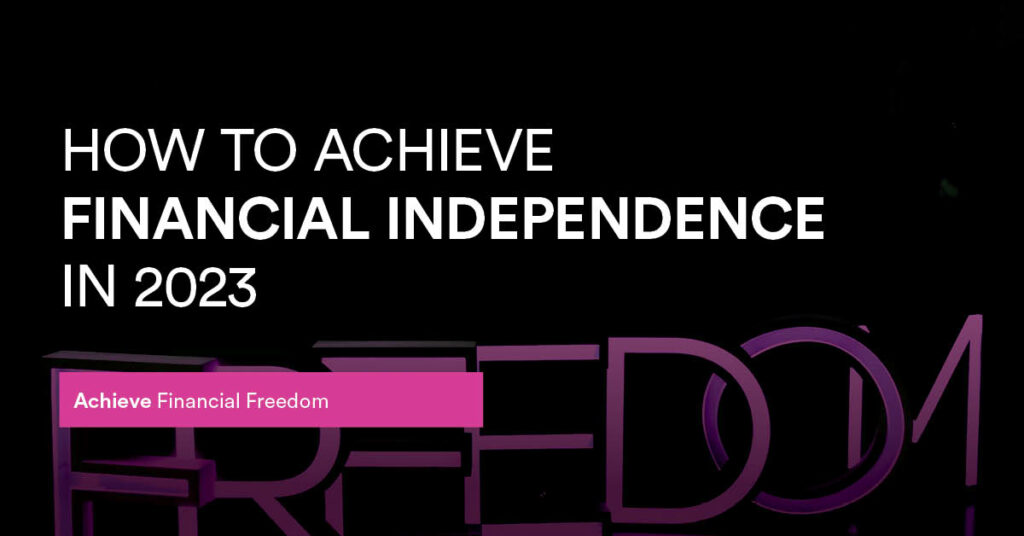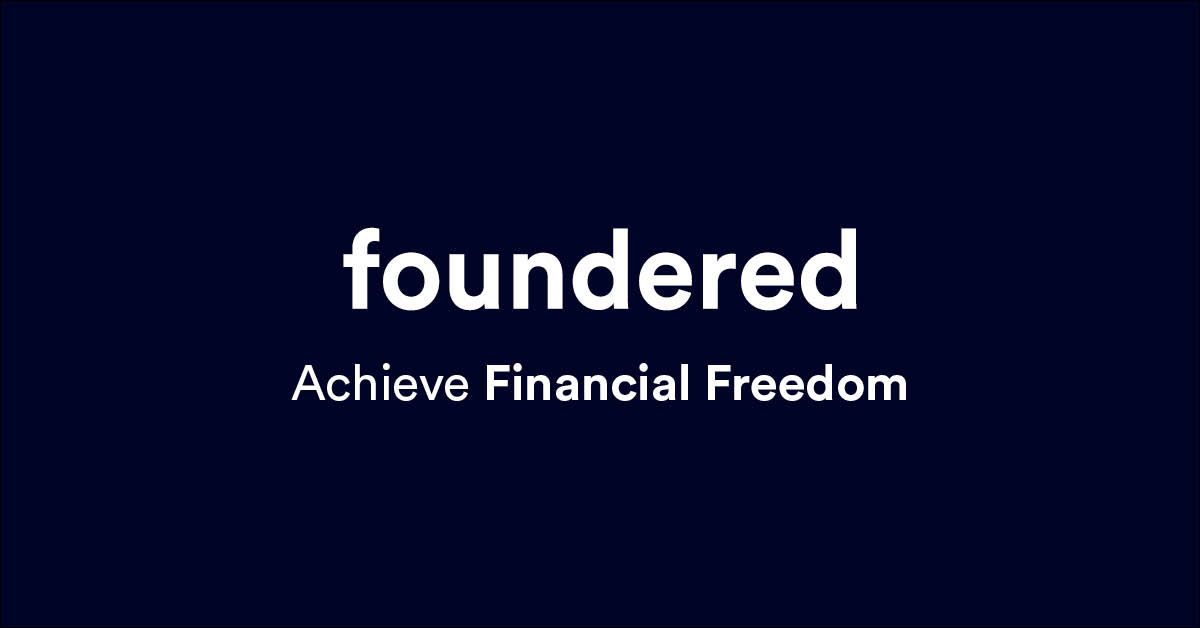What a great question. I started out on my path to financial independence in 2012-2013, long before the challenges of record levels of inflation, the cost of living crisis and of course the COVID pandemic. Because of this, I am the first to admit that there are strong headwinds for those looking to start on this journey. However, I do also believe that achieving financial independence is a process. And the steps to achieving your financial goals can be followed in any market.
How would I achieve financial independence in 2023, if I was starting out with nothing?
What steps should you take to achieve financial independence?
Below I’ve outlined the first steps to take if you are starting on your path towards your financial goals. I cover each of these points extensively in other articles, so instead of rehashing the same content, I’ll link you directly to those where applicable. I hope this article becomes the starting point for your own financial journey.
Set a budget and track it endlessly
Setting a budget – https://foundered.co.uk/how-to-budget-money/
I honestly believe that a budget is the cornerstone of any robust personal finance plan. Because of this, firstly I would set a budget and track my spending to find ways to create a headroom between my income and my expenditure. Understanding exactly where your money comes from and where it goes each month is the first step in ensuring you are comfortable with your budget. This is the time to look at every detail in minute detail and be ruthless with cutting expenses. There will be some expenses that are non-negotiable and that is absolutely fine. Others will be questionable and now is the time to do so.
Build an emergency fund
While you are reviewing your budget, now is the time to start saving an emergency fund if you don’t have one. Building a three to six-month emergency fund provides you with a blanket of security if an emergency happens. The level of savings you need for your emergency fund is based on your monthly expenses. Therefore the less you spend monthly, the less you will need to save.
According to the FCA, 34% of adults had either no savings or less than £1000, in a savings account. In a true financial emergency, those without an emergency fund could find themselves in the situation of having to borrow from loansharks or on their credit cards, without the ability to pay back.
It is incredibly important that you build your emergency fund out to a level that suits your needs as early as possible on your financial journey.
Understand how much money you need
Personal finance planning – https://foundered.co.uk/personal-finance-planning/
It’s a great ambition to focus on the goal of achieving financial independence. We must understand what this means in terms of money we need to have saved and invested. To become financially free, we must build an income-producing system that allows us to draw down funds each year without depleting the principal funds. For the majority of people, this means we must invest our money into income-producing assets such as stocks and shares. When we do this, we expect to achieve profits, dividends and growth from the investments.
To understand how much we need to have saved to become financially independent, we need to know exactly how much we spend. Once this is known, we then need to build systems and processes to provide this amount in perpetuity. Listening to our American cousins, once we have identified our living costs, we must multiply this by 25 to get our total amount for financial independence. However, in the UK, I would always air on the side of prudence and increase this to 30 or 40 times our annual expenditure. The choice is entirely yours and I will cover the reasons you may choose a specific value in greater detail here on the blog shortly.
I would also then calculate my financial independence number, what is that? I cover this extensively here.
Create an investment plan
How to invest £1000 – https://foundered.co.uk/how-to-invest-1000-pounds-a-month/
I would build an investment plan to achieve that figure and I would look at maxing out my pensions and my ISAs every single year as much as I can, and if I had any money left over, I would put that into a general investment account, a taxable account where you could also invest in stocks and shares.
Knowing how much you can invest each year is the first pillar to consider on your path to achieving financial independence. The other pillars are: Return on investment and time invested. While we can’t guarantee the return on investment, we can make assumptions based on past performance. This will give us an idea of expected returns and therefore a guide to work to. Finally, we must consider the timeframe we will invest for. Over a longer investing timeframe, our investments will begin to grow. Additionally, through the power of compounding, the growth of our investments will speed up with a longer time horizon. Using these three pillars we can plan out when we are likely to reach of goals through investing.
Start a business or a side hustle
How to start a profitable and successful side hustle – https://foundered.co.uk/starting-a-profitable-side-hustle/
I would definitely look to increase my income by starting a business or side hustle because entrepreneurship is the quickest way to achieve financial independence. In my opinion, and I’d leave you with a final thought, that is to stay the course. This doesn’t happen overnight. It takes decades to do it well and to achieve financial independence, but if you stay the course and follow the plan, you’ll get there eventually.
Recap
There is no doubt that achieving financial independence today is harder than ever. However, there still remains a clear path to achieving it. For those of us in the UK & Ireland, we have never had a better opportunity to achieve true wealth and I hope this article has inspired you to take action. If you have any questions at all, you can always get in touch via the contact page. Alternatively, I am often answering questions on twitter and would be more than happy to connect there.


